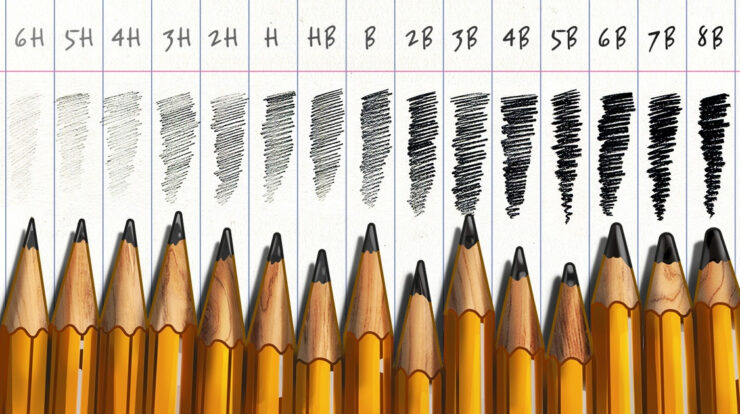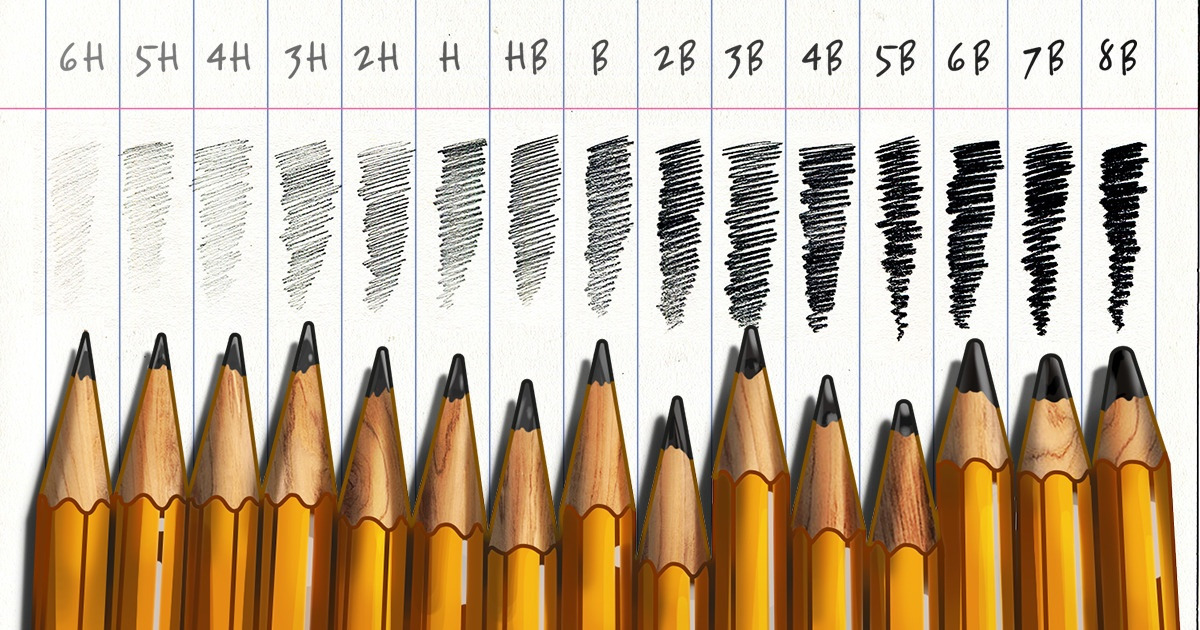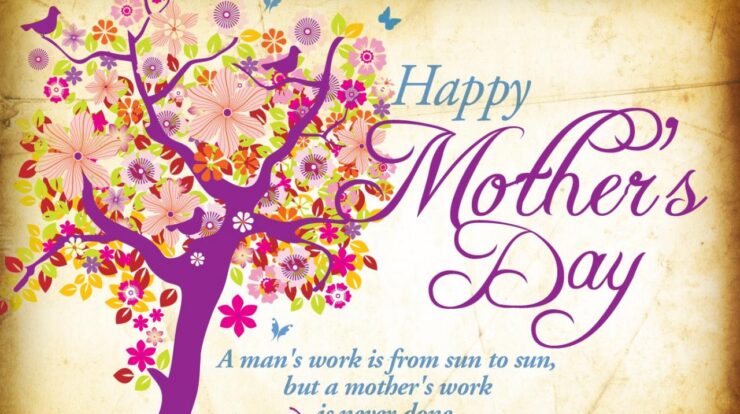
Pencil meaning – Embark on a captivating journey into the world of pencils, where we uncover their etymology, explore their diverse types, and delve into their practical and artistic applications. From their humble beginnings to their profound cultural significance, pencils have left an indelible mark on our lives, shaping the way we communicate, create, and innovate.
Unraveling the pencil’s rich history, we trace its origins from the Latin “pencillus” to the modern English term. This evolution reflects the pencil’s transformative journey, adapting to meet the evolving needs of society.
Pencil Meaning

Pencils, indispensable writing and drawing tools, hold a rich history and diverse applications. From their etymological origins to their multifaceted uses, pencils continue to shape communication, creativity, and everyday tasks.
Etymology of Pencil

The word “pencil” traces its roots back to the Latin word “penicillus,” meaning “small brush.” This term initially referred to a small, pointed tool used to apply ink or paint. Over time, the word evolved in Old French to “pincel,” and later in Middle English to “pensell,” before finally taking its modern form in the 17th century.
Types of Pencils
- Graphite Pencils:The most common type, made of a mixture of graphite and clay, offering a range of hardness grades.
- Charcoal Pencils:Produced from burnt wood or vines, creating soft, velvety strokes with a unique texture.
- Colored Pencils:Contain pigments mixed with wax or oil, allowing for a wide spectrum of colors and blending techniques.
Pencil Manufacturing
Pencil production involves several stages:
- Sourcing Raw Materials:Graphite or charcoal is mined, while wood is harvested for the casing.
- Preparing the Core:Graphite or charcoal is mixed with clay and water to form a paste, which is then extruded into thin rods.
- Shaping the Casing:Wooden planks are cut into slats, grooved to accommodate the core, and glued together.
- Assembling the Pencil:The core is inserted into the casing, and the ends are sharpened or capped.
- Finishing:The pencil is painted or lacquered for protection and aesthetics.
Pencil Grading System
Pencils are graded according to their hardness or softness, denoted by numbers and letters:
| Grade | Characteristics |
|---|---|
| 9B | Very soft, dark, suitable for sketching and shading |
| 2B | Soft, commonly used for writing and drawing |
| HB | Medium, suitable for general writing and sketching |
| 2H | Hard, produces light lines, ideal for technical drawing |
| 9H | Very hard, used for precise lines and lettering |
Artistic Applications of Pencils, Pencil meaning
Pencils offer versatility in various art forms:
- Sketching:Capturing Artikels and forms with quick, loose strokes.
- Drawing:Creating detailed and realistic images using a range of pencil grades.
- Shading:Adding depth and dimension to drawings by varying pencil pressure and blending techniques.
Epilogue
In conclusion, pencils are more than just writing implements; they are versatile tools that empower artists, facilitate communication, and drive innovation. Their cultural significance extends beyond their practical uses, as they embody the spirit of creativity, education, and the pursuit of knowledge.
As we continue to explore the multifaceted world of pencils, we uncover a treasure trove of insights into human ingenuity and the power of expression.
Helpful Answers
What is the difference between a pencil and a pen?
Pencils utilize solid graphite or charcoal cores, while pens employ liquid or gel-based ink.
What are the different types of pencils?
Pencils are categorized based on their core materials, including graphite, charcoal, and colored pencils.
What is the purpose of the pencil grading system?
The pencil grading system indicates the hardness or softness of a pencil, ranging from soft (e.g., 2B) to hard (e.g., 4H).





